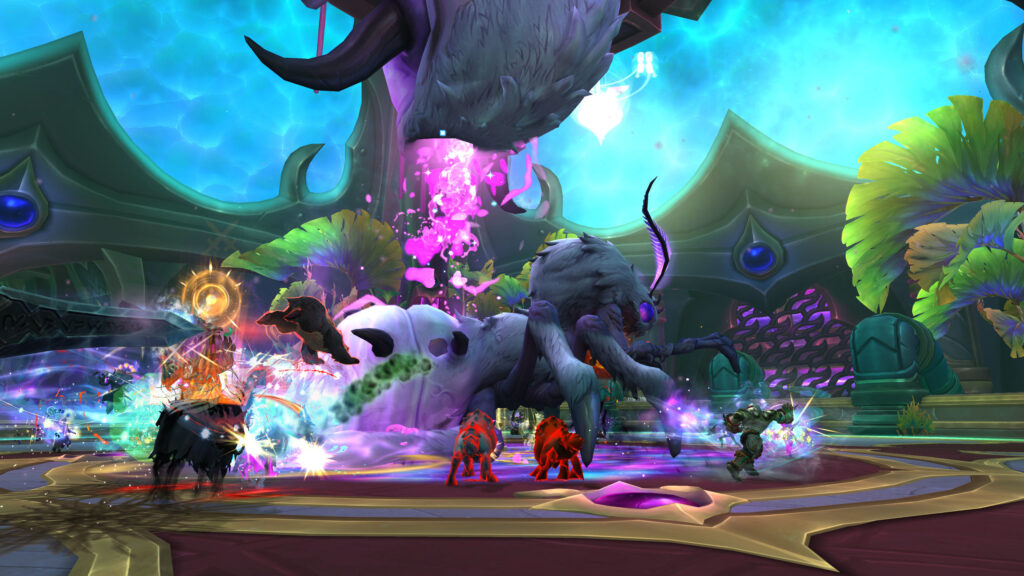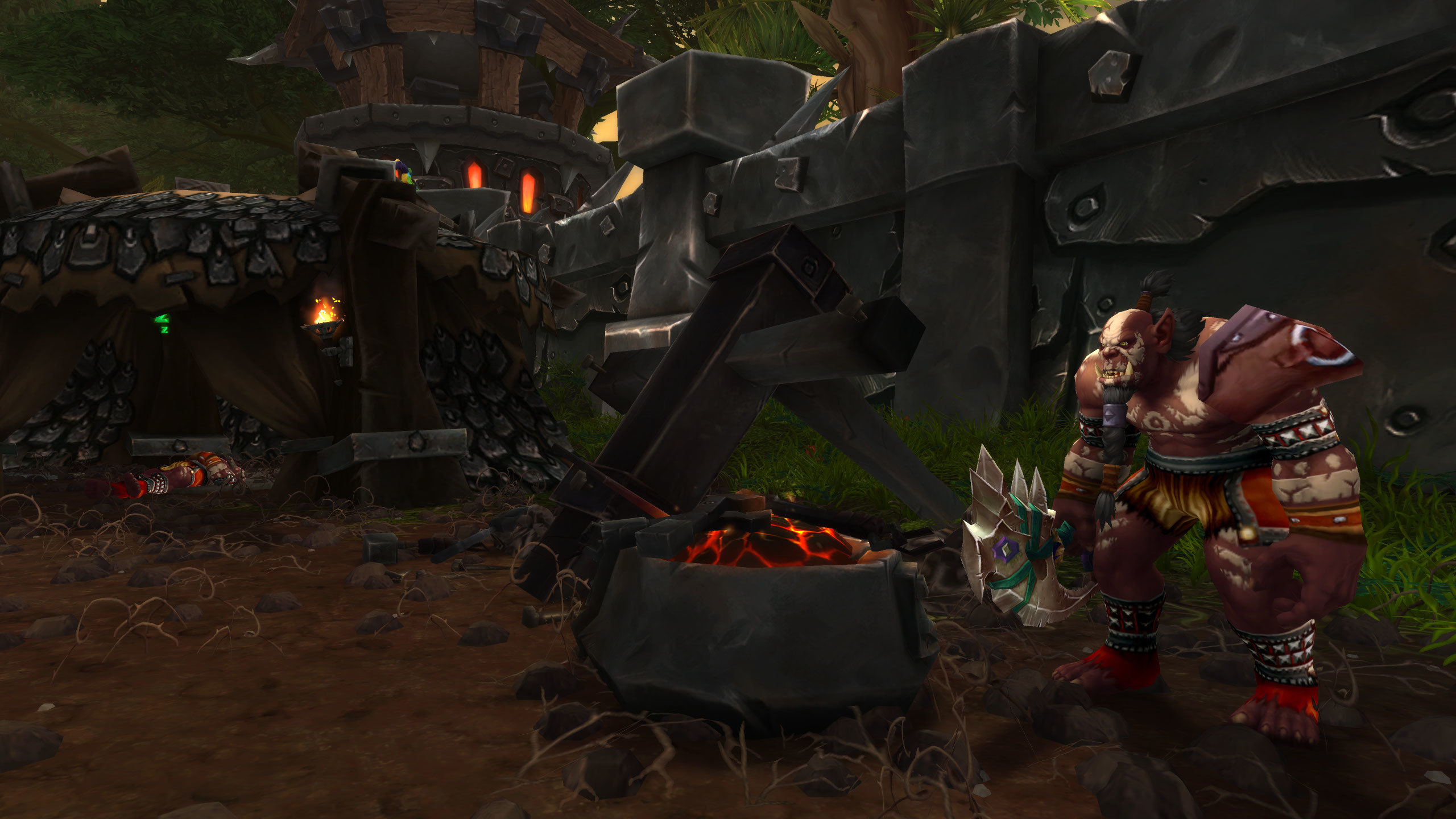In World of Warcraft, gear is more than armor—it’s identity. Each tier set carries history, artistry, and symbolism that reflect the class it belongs to. From the radiant wings of a Paladin’s Light-infused armor to the shadow-slick edges of a Warlock’s demonic garb, these designs are storytelling through texture and color. They turn pixels into myth, making every set a reflection of what it means to wield power in Azeroth.
This article explores how class tier sets go beyond statistics to tell visual stories—uniting gameplay, lore, and emotion into wearable legends.

The Birth of Iconic Identity
In the earliest days of WoW, tier sets were symbols of prestige. Tier 1 and 2 designs, like Judgement Armor and Nemesis Raiment, established what a class should look and feel like. These weren’t just armor sets—they were declarations of fantasy. Paladins glowed like divine champions, Warlocks emanated forbidden fire, and Rogues dripped menace. Before transmog existed, tier sets were the purest form of expression—a visual signature earned through triumph.
Every class found its soul not in stats, but in silhouette.
Color as Language
Tier set design communicates through color. Bright golds and whites evoke purity and faith, while dark purples and greens symbolize corruption and chaos. Blizzard’s artists use color not just for contrast, but to speak the language of emotion. For example, the Lightbringer Armor from The Burning Crusade radiates calm authority, while Plagueheart Raiment from Naxxramas bleeds menace. Through hue and tone, players wear their morality—or defiance—on their sleeves.
In Azeroth, color isn’t decoration—it’s storytelling.
Details That Define Character
Every tier set tells micro-stories through detail. Engravings, symbols, and materials reveal the class philosophy behind them. Shaman sets incorporate elemental motifs, while Druids wear natural textures like bark, feathers, and fur. Priests’ robes feature celestial ornamentation, and Death Knights favor bone and ice. These choices connect gameplay identity to world identity, ensuring that armor feels born from the same mythos it protects.

Form follows fantasy—and that’s what makes each tier timeless.
| Class | Iconic Tier Set | Visual Theme | Story Impression |
|---|---|---|---|
| Paladin | Judgement Armor (T2) | Crimson and gold crusader | Divine justice and unyielding faith |
| Warlock | Nemesis Raiment (T2) | Dark fel elegance | Forbidden power and arrogance |
| Rogue | Bloodfang Armor (T2) | Shadowed predator | Precision, stealth, and vengeance |
| Druid | Nordrassil Regalia (T5) | Nature’s balance | Harmony through transformation |
| Death Knight | Scourgelord’s Battlegear (T10) | Ice and death | Honor reclaimed through undeath |
Evolution Through Expansions
Each expansion reimagined tier design through evolving art philosophies. Burning Crusade favored vibrant exaggeration, Wrath brought thematic gravitas, and Legion blended nostalgia with reinvention. The return of class-specific tier sets in Dragonflight reignited excitement—reminding players how deeply appearance defines identity. Blizzard learned that while gameplay systems change, aesthetic connection is eternal. A good tier set isn’t about fashion—it’s about legacy.
Armor evolves, but fantasy remains immortal.
Tier Sets as Narrative Echoes
Many tier sets mirror the storylines of their time. The Sanctified Bloodmage Regalia from Icecrown embodies arcane corruption, echoing the Lich King’s dominion over magic. The Heart of Fear sets from Mists of Pandaria represent inner struggle against pride and doubt. These aren’t coincidences—they’re narrative design choices. Tier sets act as wearable lore, silently continuing the expansion’s central theme.

To wear a tier set is to carry the story of your era.
The Artistry of Modern Design
Modern tier sets push creativity even further, blending animation, particle effects, and environmental harmony. Dragonflight’s Vault of the Incarnates sets glow, pulse, and breathe—living expressions of elemental energy. They’re not costumes; they’re living entities. In The War Within, early previews suggest deeper symbolic ties between armor and emotion—pieces that reflect inner struggle as much as outward power.

Each set is not just armor—it’s a conversation between art and identity.
Conclusion
Tier sets are more than rewards—they are wearable myths. They capture class essence, expansion emotion, and the unspoken dialogue between player and world. Every detail tells a story, every glow carries history. In a game defined by endless change, tier sets remain a constant reminder that art, not just mechanics, defines the soul of Warcraft. When we put on our armor, we’re not just gearing up for battle—we’re stepping into legend.
Because in Azeroth, every class doesn’t just play differently—it looks like a story of its own.
Home
